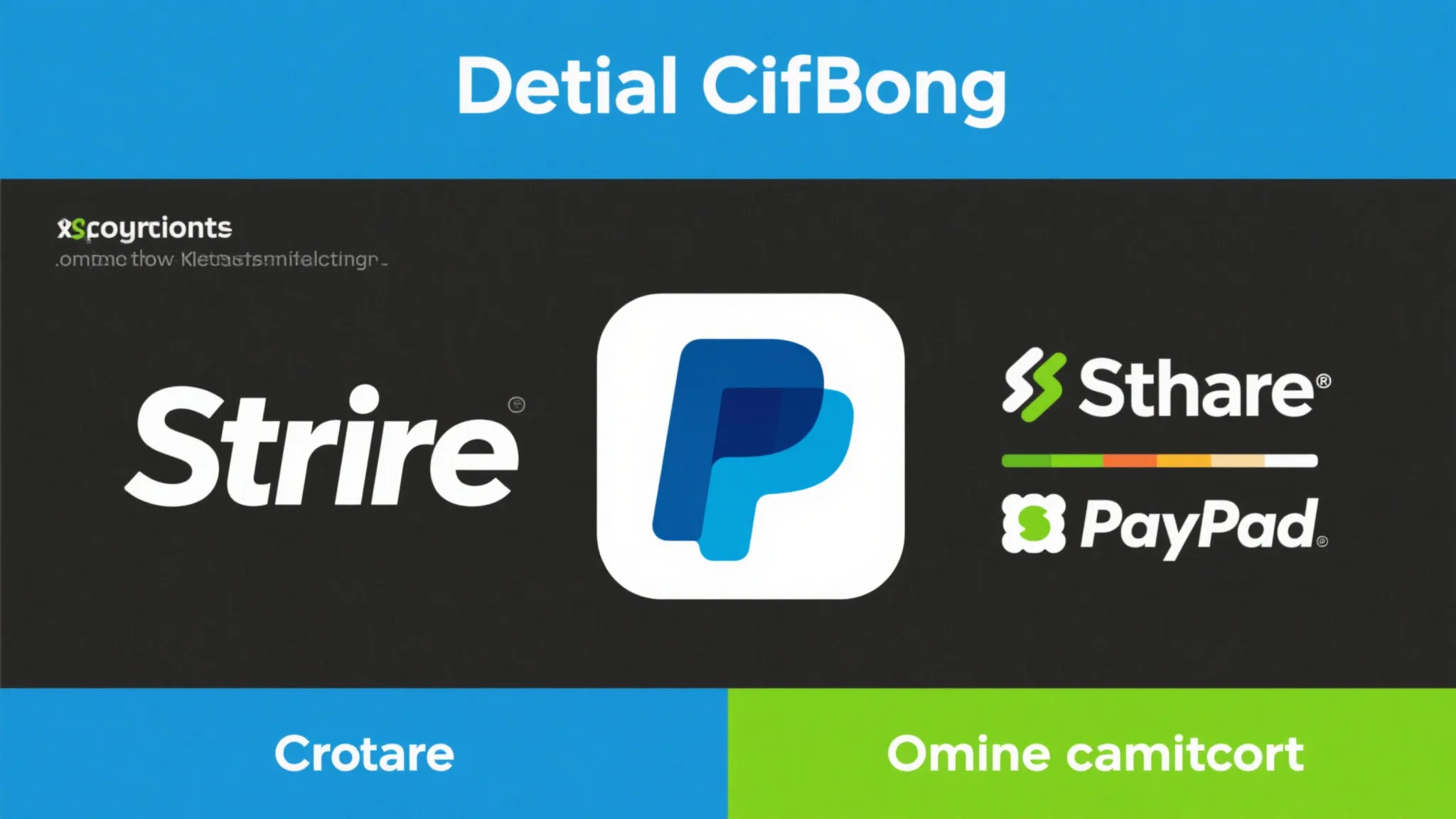Chargebacks are a significant problem for online businesses, costing millions annually. They occur when customers dispute transactions, often due to failed payments or poor communication. This article provides proven tips to reduce chargebacks, helping businesses improve customer trust and reduce financial losses.

Proven Tips to Reduce Chargebacks
In the world of online shopping, chargebacks are inevitable, but they don,’t have to be the norm. By implementing the right strategies, businesses can significantly reduce chargebacks and improve their bottom line. Here, we’ll explore proven tips to effectively reduce chargebacks from online credit card payments.
1. Proactive Fraud Detection and Prevention
Fraud is a leading cause of chargebacks. To prevent chargebacks, businesses must implement robust fraud detection and prevention measures. This includes verifying customer details, such as addresses and phone numbers, to ensure authenticity. Additionally, businesses should monitor for unusual spending patterns and block transactions that don’t align with the customer’s history. For example, if a customer makes multiple purchases in a short period, it might indicate fraudulent activity.
2. Secure Checkout Processes
A secure checkout process is essential to reduce chargebacks. This means using end-to-end encryption for payment gateways and ensuring that sensitive information, such as credit card details, is protected. Businesses should also test their checkout processes regularly to identify and fix any vulnerabilities. For instance, if a payment is rejected, the customer should receive a clear and immediate explanation.
3. Clear and Transparent Communication
Transparency is key to reducing chargebacks. Businesses should communicate any issues with transactions promptly and clearly. For example, if a customer’s card is declined, the business should inform them immediately and provide an alternative payment option. Good communication fosters trust and reduces the likelihood of disputes.
4. Transaction Notifications
Sending transaction notifications to customers can help reduce chargebacks. These notifications should include a of the transaction, the date and time, and any issues that occurred. For example, if a customer’s card is declined, the notification should explain the reason and suggest ways to resolve the issue. This transparency can empower customers to take action and avoid disputes.
5. Strong Customer Support
Building a strong customer support team is crucial to reducing chargebacks. If customers have issues with their transactions, they expect prompt and helpful responses. Businesses should ensure that their customer service team is trained to handle disputes and provide resolution. For example, if a customer’s transaction is declined due to fraud, the business should reach out promptly to offer solutions.
6. Fraud Monitoring and Prevention
Businesses should set up fraud monitoring systems to detect and prevent fraudulent activities. This includes using fraud detection tools that analyze transaction patterns and flag suspicious activity. Regularly reviewing transaction data can help identify trends and potential fraud attempts. For example, if a customer consistently makes purchases from a foreign location, the business should investigate further.
7. Regular Audits and Improvements
Regular audits of payment processes and customer interactions can help identify areas for improvement. By analyzing past chargebacks, businesses can pinpoint the root causes and implement changes to prevent them in the future. For example, if a business notices that chargebacks often occur during peak shopping times, they can adjust their marketing strategies to avoid conflicts.
Part ,2: Enhancing Customer Experience to Reduce Chargebacks
A satisfied customer is less likely to dispute a transaction. By enhancing the customer experience, businesses can reduce chargebacks and build long-term loyalty. Here, we’ll explore how to enhance the customer experience to minimize chargebacks.
8. Transparency in Fees and Charges
Transparency in fees and charges is essential to building trust. Businesses should clearly explain any fees associated with a payment, such as transaction fees or exchange fees. For example, if a customer uses a foreign credit card, the business should explain any additional fees upfront. Transparency helps customers understand the total cost of a transaction and reduces the risk of disputes.
9. Personalized Communication
Personalized communication can make a significant difference in reducing chargebacks. Businesses should tailor their communication to each customer, taking into account their preferences and history. For example, if a customer frequently makes purchases from a specific region, the business can offer them discounts or streamlined checkout processes for that region.
10. Building Trust Through Consistency
Building trust takes time, but consistency is a key factor. Businesses should treat all customers fairly and consistently, regardless of their transaction history. For example, if a customer is declined a transaction, the business should provide clear and helpful explanations rather than sending vague or unprofessional messages. Consistency builds trust and reduces the risk of disputes.
11. Offering Personalized Offers
Personalized offers can enhance the customer experience and reduce chargebacks. Businesses should analyze customer behavior and preferences to offer tailored promotions. For example, if a customer frequently makes purchases in the evening, the business can offer extended checkout hours or discounted shipping for that time of day. Personalized offers make customers feel valued and increase the likelihood of repeat business.
12. Building Trust Through Positive Experiences
Positive customer experiences can significantly reduce the likelihood of chargebacks. Businesses should focus on creating a positive experience from the moment the customer sees the product to the time of payment and checkout. For example, businesses with seamless checkout processes, clear communication, and responsive customer support foster positive experiences that encourage repeat business.
13. Implementing Loyalty Programs
Loyalty programs can enhance the customer experience and reduce chargebacks by encouraging repeat business. Businesses should offer rewards for customers who make repeat purchases or complete transactions. For example, points or discounts can be awarded for referring friends or making large purchases. Loyalty programs create a sense of belonging and encourage customers to continue their interactions with the business.
14. Enhancing Customer Communication through Third-Party Validations
Sometimes, customers dispute transactions due to unclear communication or lack of transparency. To reduce chargebacks, businesses can enhance customer communication by working with third-party validation services. These services can provide additional verification, such as checking the customer’s identity or transaction history. For example, a third-party can confirm that a customer’s identity matches the information provided during checkout.
In conclusion, reducing chargebacks requires a proactive approach that combines robust fraud prevention, secure payment processes, and enhanced customer experiences. By implementing the tips and strategies outlined in this article, businesses can significantly reduce chargebacks, improve customer trust, and achieve long-term success in the online payment landscape.



